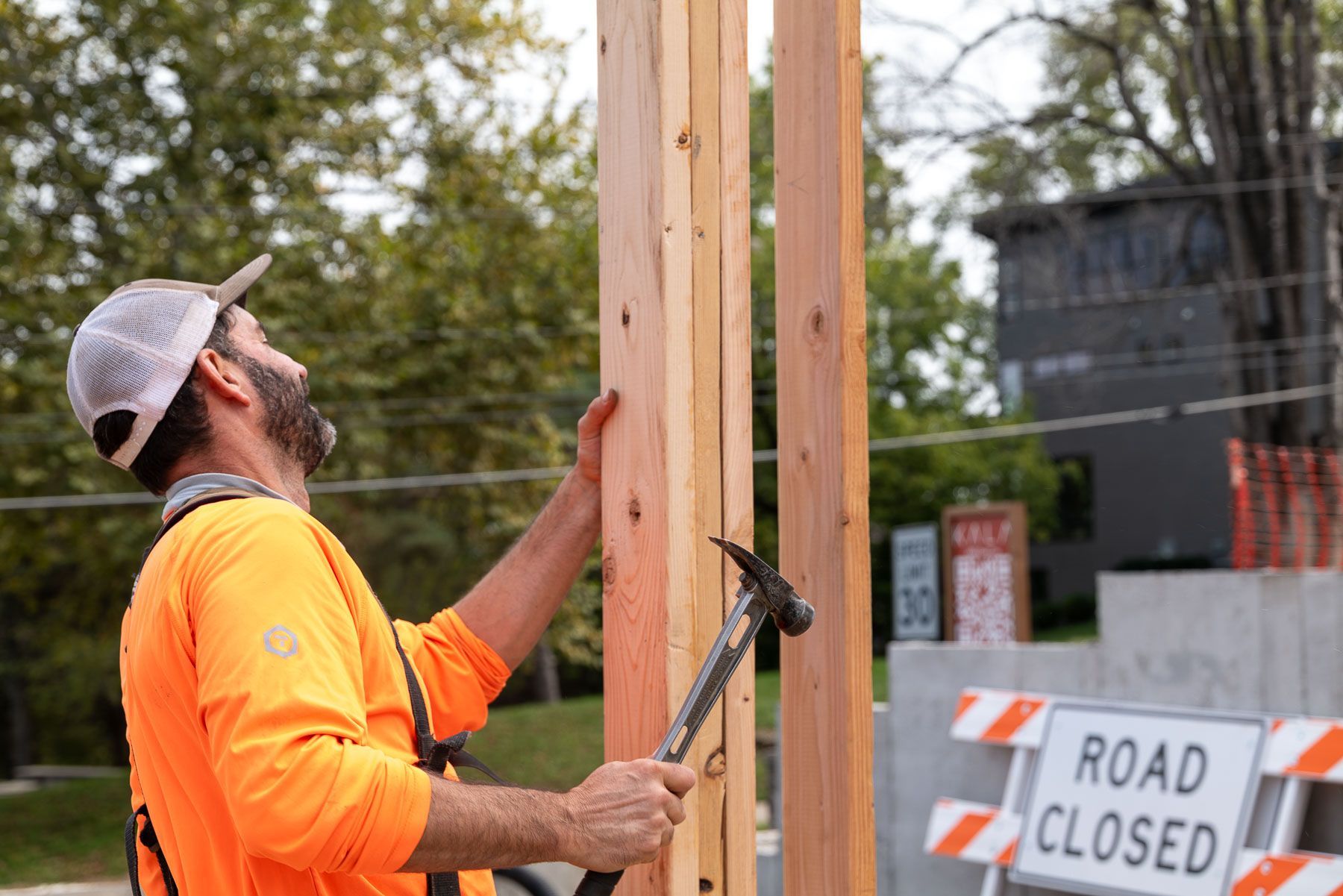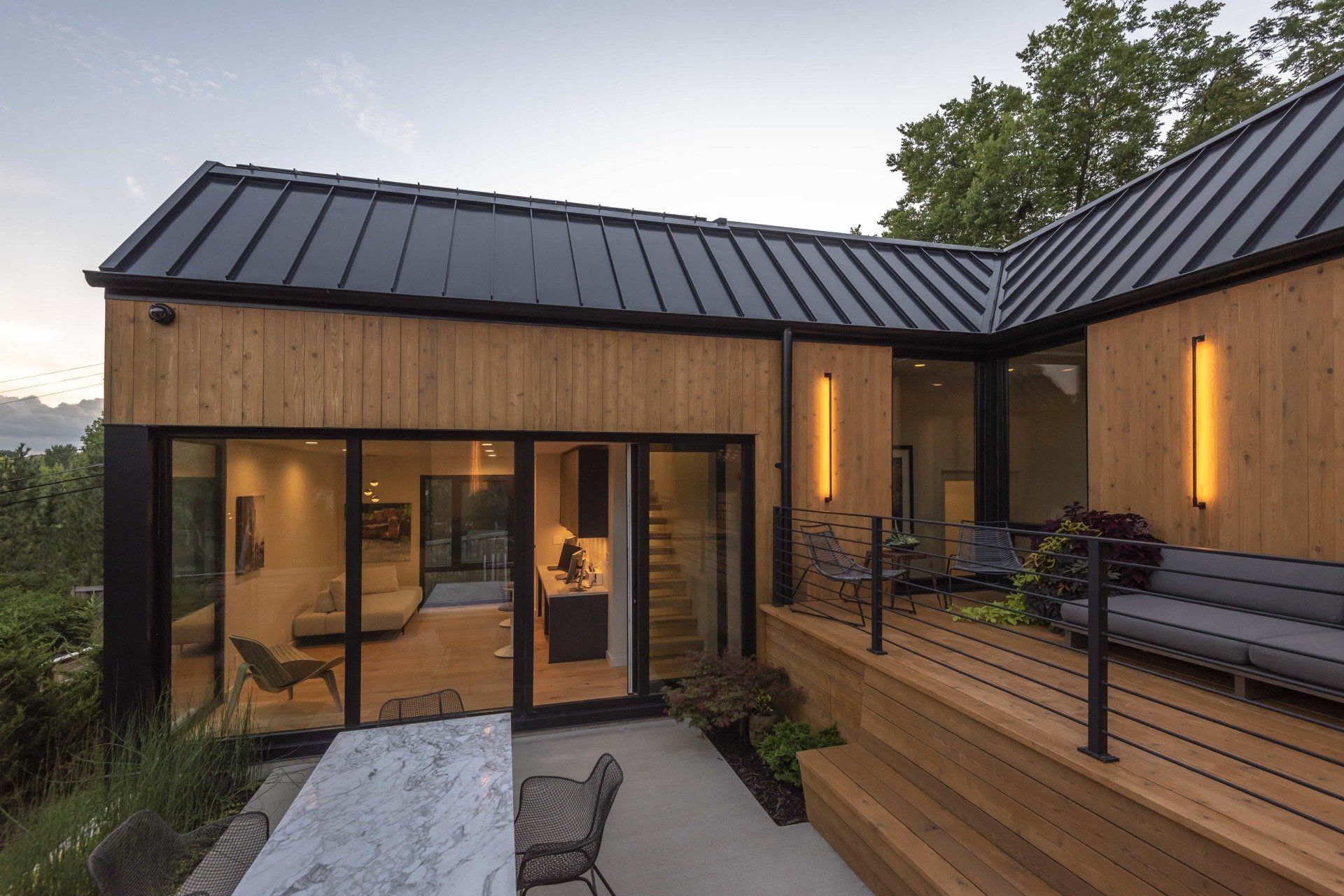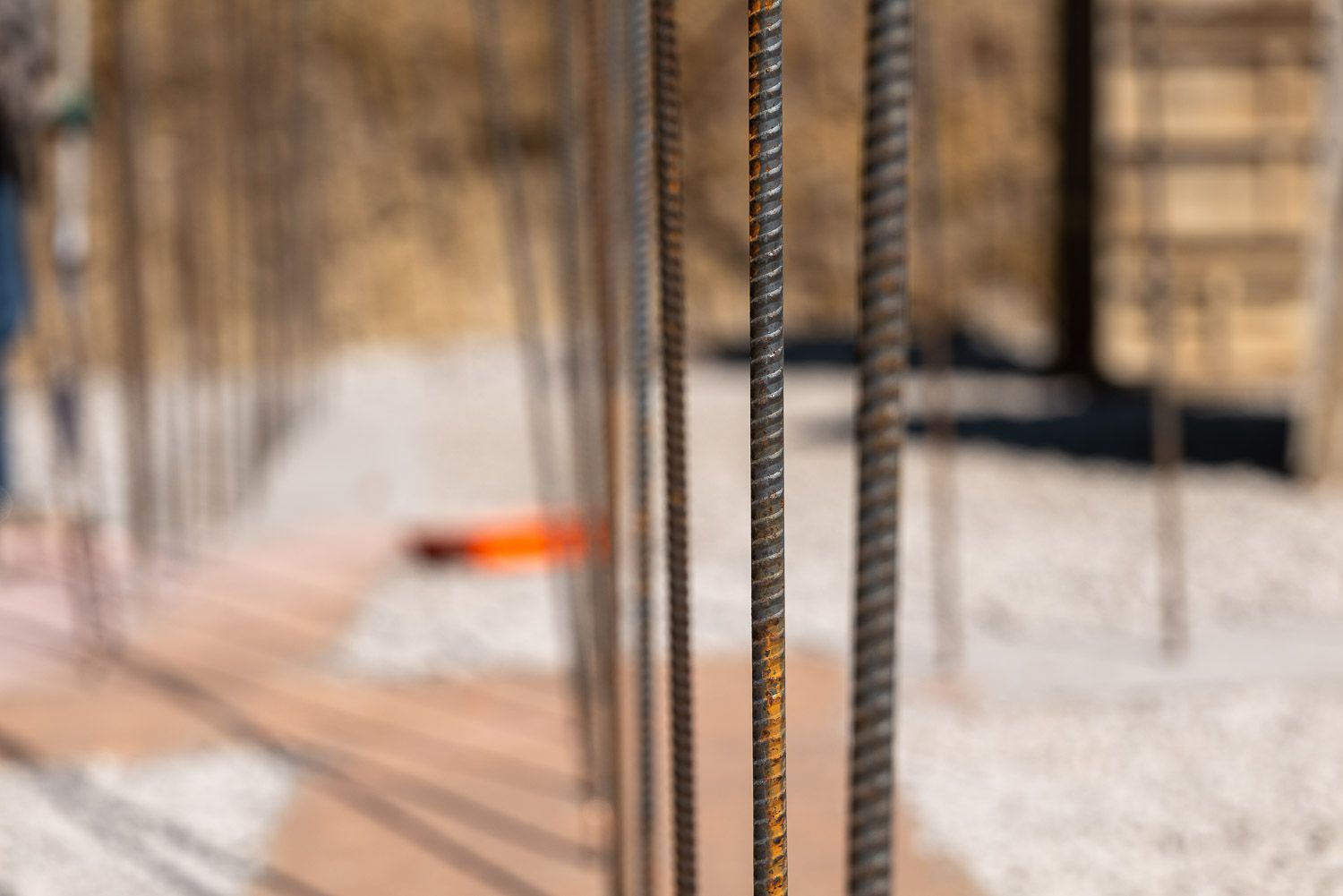A Quiet Place [VIDEO]

How Passive House Creates Calm and Minimizes Noise
Whether it’s incessant road noise, loud neighbors, or the furnace and air conditioner running non-stop, sound can be one of the most annoying intrusions for any homeowner. But what if it didn’t have to be that way? In this article, we’ll explore how Passive House design principles can create a calm, quiet refuge from the outside world.
Keeping Unwanted Sounds Out
In a traditional home, the walls are so thin and poorly insulated that the aforementioned noises can sneak in unbidden at all hours. Not to mention the noisy intrusion of seasonal storms, loud holiday celebrations, and all too constant roadwork. All this is an inconvenience during the day and can interfere with your sleep at night, which is particularly disruptive if you have sleep problems or young children who are easily woken.
A Passive House includes seals that prevent air and moisture from leaking in, and has thick walls filled with continuous insulation. This not only reduces heating and cooling costs, but also keeps barking dogs, car alarms, and other annoying noises from disturbing you while you’re trying to relax indoors. In most homes, doors and windows allow both drafts and outdoor sounds to seep in, but because these feature more premium materials and are carefully installed by expert craftspeople in a Passive House, one of the first things new homeowners notice is how quiet their new residence is. Then they start to see how much better their family sleeps now that noise is a non-issue.
“Our son was born while we were in our old rental house and we couldn’t sleep train him,” said Morgen Govindan, a Kansas City homeowner who built a high-performance home with Kala. “It might have been that the house was really loud, but he sleeps through the night now and during storms, our kids don’t wake up. There was a band playing in the park across the street when we were bathing them, and we kept hearing a faint sound. We opened the windows, and all the noise came in.”
“You can't hear anything – it’s amazing,” added Morgen’s husband, Sush. “When we were anywhere else, Fourth of July was a nightmare with our kids because they would hear the fireworks and wake up. This house is so quiet. We didn’t think there were dogs in the neighborhood because we never hear them, but it turns out there are two across the street that bark all the time. You walk into the house and it’s like there’s nothing going on. That’s really nice.”
No More Noisy HVAC
Another way that Passive House design creates a calmer, quieter atmosphere is by reducing the noise usually involved in seasonal heating and cooling. Using the principles of passive solar, heat energy from the sun is captured by a combination of thoughtful site orientation and large premium glazing. Airtight construction and ample, continuous insulation retain this sun-derived heat when it’s needed in the winter, reducing the amount of energy required to keep the home warm and cozy.
A Passive House relies on thick walls, continuous insulation, and a tightly sealed building envelope, which significantly reduces the need for a loud powerful HVAC system. These features help the home maintain a steady indoor temperature, so the properly sized system only needs to make small adjustments rather than running at full capacity. This keeps the temperature stable without the system coming on at full blast to heat or cool the space. So you don’t hear your HVAC system raging to maintain a comfortable indoor temperature.
“The feedback that we get from guests is that it’s very quiet and comfortable,” Sush said.
We often think of comfort in a home as being all about nice furniture or fancy fixtures. But one way a Passive House redefines this term by minimizing indoor noise and keeping outdoor sounds where they belong. As a result, you can look forward to relaxing in a calm, quiet oasis every time you step through the front door, sleeping soundly every night, and living in peace.







